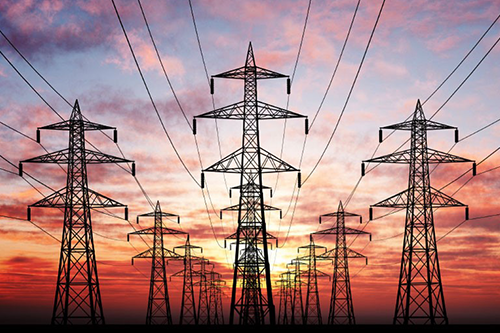 By Alex Mills
By Alex Mills
Production of crude oil, natural gas, wind, and solar are expected to set new records in the United States this year, and preliminary numbers indicate each sector is on course.
The Energy Information Administration (EIA) at the Department of Energy released data this week showing U.S. crude oil production averaged 12.5 million barrels per day (b/d) from January to July compared to 11.9 million b/d during the same period last year, the previous record. Add in natural gas liquids for total field production of 18.7 million b/d compared to 17.5 in 2022.
Dry natural gas production from January to May rose to average 15,462 billion cubic feet surpassing the previous record of 14,494 billion cubic feet during the same period in 2022.
Crude oil and natural gas have been net exporters since 2019, meaning the U.S has exported more product than it has imported.
LNG exports from facilities based in Texas and Louisiana continue to grow.
Global liquefied natural gas (LNG) import capacity is set to expand by 16%, or 23 billion cubic feet per day (Bcf/d), by the end of 2024 compared with 2022, according to EIA. In the first seven months of 2023, three countries—Germany, the Philippines, and Vietnam—began importing LNG for the first time. By the end of next year, EIA expects Antigua, Australia, Cyprus, and Nicaragua to start importing LNG.
“Over the past 10 years (2013–22), global LNG import capacity—called regasification capacity—has grown by 49% (45.8 Bcf/d) to reach 140.0 Bcf/d across 48 countries,” EIA stated. “By the end of 2024, we expect 55 countries to have LNG regasification terminals with a combined capacity of 163 Bcf/d.”
So far this year, fossil fuels account for 79% of the energy mix compared to 13% for renewables and 8% for nuclear.
Wind became the largest energy source in the renewable category in 2019 outpacing hydro-electric power, and it has been growing each year. Wind consumption in the U.S. during the first five months was 1,772 trillion British thermal units (Btu) compared to 962 trillion Btu for hydro-electric. Solar consumption was 826 trillion Btu compared to 743 during the same period in 2022….

 By Alex Mills
By Alex Mills
 This Texas Energy Report database is published each quarter and is updated as earnings are released throughout the reporting period.
This Texas Energy Report database is published each quarter and is updated as earnings are released throughout the reporting period.
 FERC Chairman Willie Phillips: “This is a watershed moment for our nation’s transmission grid. … This new rule will enable America’s vast power generation resources to connect to the grid in a reliable, efficient, transparent, and timely manner, and in doing so, help provide more reliable, resilient, and affordable electricity for all consumers.”
FERC Chairman Willie Phillips: “This is a watershed moment for our nation’s transmission grid. … This new rule will enable America’s vast power generation resources to connect to the grid in a reliable, efficient, transparent, and timely manner, and in doing so, help provide more reliable, resilient, and affordable electricity for all consumers.”